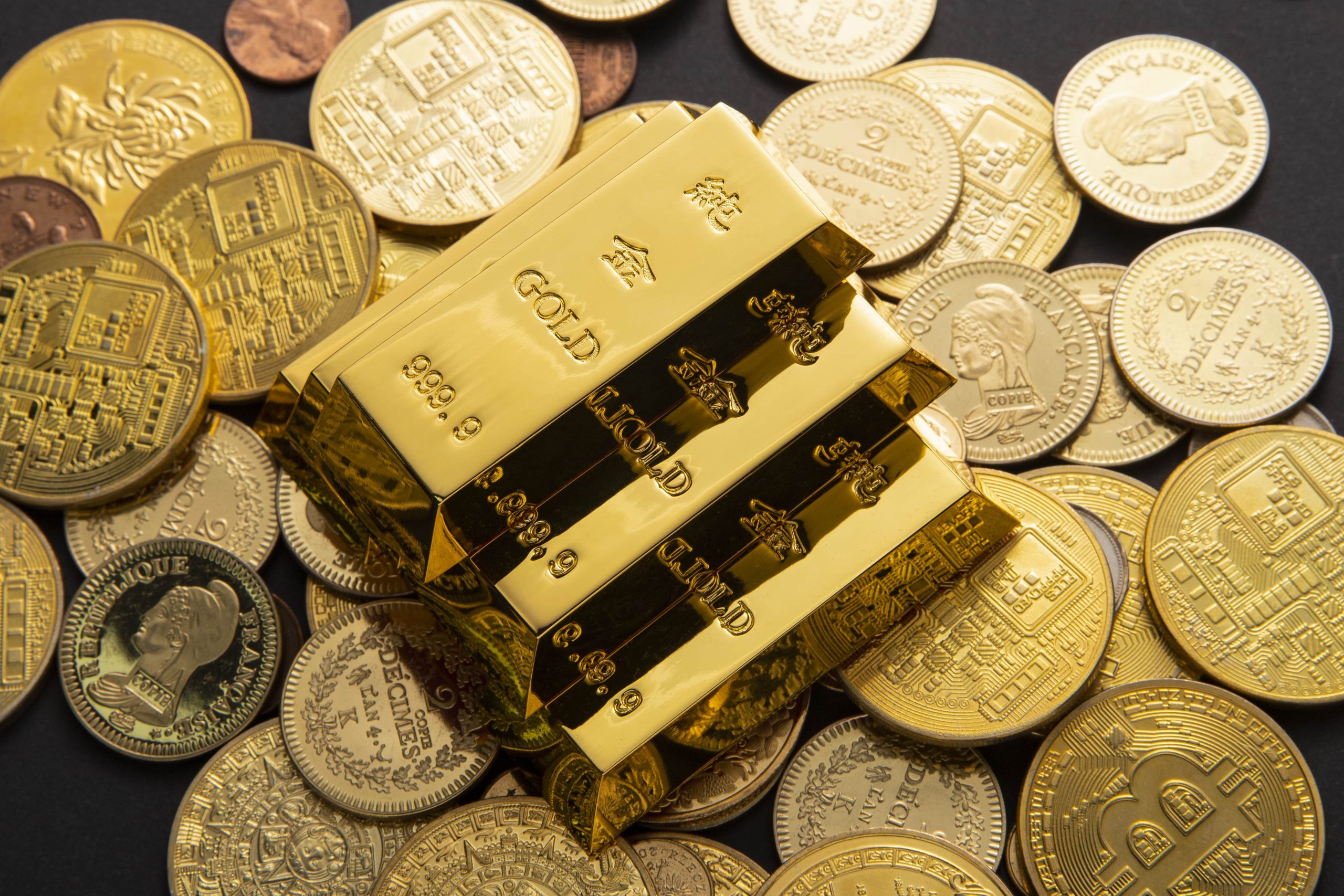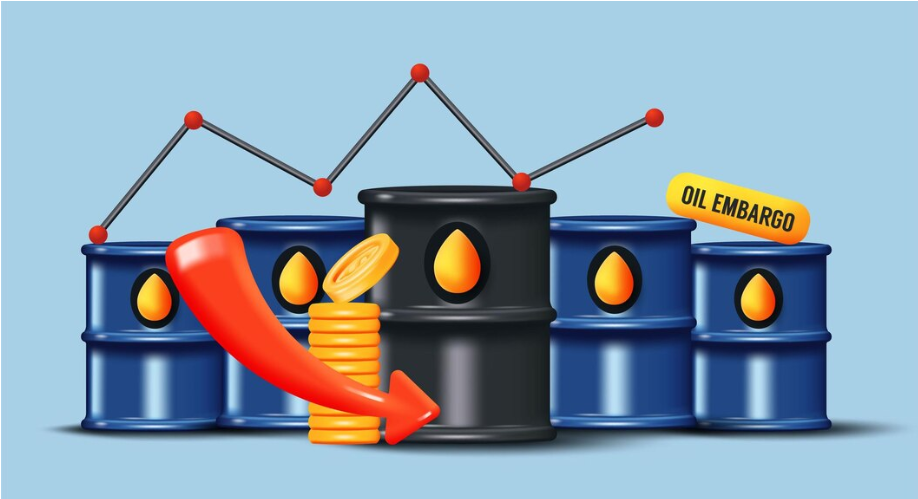In today’s global economy, two big names always pop up in the world of commodities: gold and oil. Both have their own unique influence on the financial markets, and both are often the go-to choices for traders and investors looking to hedge against risks or profit from price swings. But how are these markets shaping up today, and what trends should you keep an eye on? Let’s dive into the gold and oil markets to see what’s really happening.
Gold and Oil: Why Do They Matter?
Gold and oil play key roles in the world economy. Gold, often seen as a “safe haven” asset, is what investors flock to when they’re worried about things like inflation or economic crises. Oil, on the other hand, is essential to the daily functioning of the world – from fueling cars to powering factories. As such, gold and oil prices give us a snapshot of the economic landscape and hint at where things might be headed.
FXpricing keeps tabs on both gold and oil trends, providing up-to-date data, charts, and analysis to make sense of these ever-changing markets. Whether you’re a financial analyst, trader, or just someone curious about these markets, FXpricing’s tools can help you make informed decisions.
Why Are Gold Prices So Volatile?
1. Global Economic Uncertainty
Gold prices are closely tied to the level of global economic uncertainty. When the economy is shaky, investors tend to buy gold as a safety net. And recently, we’ve had our fair share of uncertainty – from inflation concerns to banking crises. This demand for gold can push prices higher as people look to protect their wealth.
2. Inflation and Interest Rates
Inflation and interest rates are major factors for gold prices. When inflation is high, the value of money drops, and gold becomes a more attractive asset. But here’s the twist: when central banks, like the U.S. Federal Reserve, hike interest rates to combat inflation, it can make bonds and other interest-bearing investments more appealing, which sometimes pulls money away from gold.
Personal Insight: Watching the Fed’s moves on interest rates is almost like watching a game of chess. Every decision has a ripple effect, and gold prices are usually one of the first to react. I find it fascinating how gold can sometimes act as a “barometer” of investor sentiment – it shows us where people think the economy is headed.
3. Geopolitical Tensions
Let’s not forget about global politics. Whenever there’s conflict – like tensions between big economies or issues in major oil-producing regions – gold prices tend to climb. People feel uncertain, and gold becomes the go-to for stability. So, keeping an eye on the news can give you a heads-up on where gold might be headed.
What’s Happening in the Oil Market?
1. Supply and Demand Fluctuations
Oil prices are, at their core, a matter of supply and demand. When supply is tight (like when oil-producing countries cut production) or demand spikes, prices go up. Recently, there’s been a mix of factors influencing both supply and demand, including pandemic recoveries, green energy shifts, and OPEC’s production decisions.
2. The Role of OPEC and Global Production
OPEC (Organization of the Petroleum Exporting Countries) plays a significant role in stabilizing oil prices. This group, along with its allies, controls a big chunk of the world’s oil supply. When OPEC decides to cut or boost production, it directly affects prices. For instance, when OPEC nations agree to reduce output, the reduced supply can push oil prices up.
3. Environmental Concerns and the Shift to Renewables
Oil markets are also feeling the impact of the shift to green energy. As more countries commit to lowering carbon emissions, there’s a growing push toward renewable energy sources. This transition affects oil demand as more industries try to go green. However, while renewables are gaining traction, oil remains vital, meaning that oil prices will continue to be a big factor for the foreseeable future.
How Do Gold and Oil Influence Each Other?
Gold and oil might seem unrelated at first glance, but they’re both heavily influenced by the U.S. dollar. When the dollar strengthens, it usually puts downward pressure on both commodities, as they’re priced in dollars. On the flip side, a weak dollar can push gold and oil prices higher.
There’s also a kind of indirect relationship: when oil prices surge, inflation can go up as well, which might lead to a rise in gold prices as people seek to protect their wealth.
Example Scenario: Think of it this way – if there’s an oil supply shock, prices might shoot up, leading to higher inflation. To counter inflation, central banks might hike interest rates, which can influence gold prices in complex ways. It’s all interconnected, and that’s what makes following both gold and oil trends so interesting.
FXpricing: Helping You Navigate Gold and Oil Trends
Whether you’re a trader, an investor, or a researcher, staying updated on gold and oil trends is key to making informed financial decisions. FXpricing offers a wide array of tools to help you stay on top of these markets:
- Real-Time Data: Keep track of live gold and oil rates so you never miss a beat.
- Historical Data: Look back on past trends to make predictions.
- Customizable Dashboards: Create dashboards tailored to your interests and needs.
- Economic Calendar: Don’t miss important events that could impact prices.
- Market Analysis: Get insights into where the gold and oil markets might be headed next.
With data sourced from top institutions worldwide, FXpricing ensures you’re working with reliable and extensive market coverage.
Trends to Watch in the Coming Months
1. Rising Interest Rates
If central banks keep hiking interest rates, it could put downward pressure on gold prices as people might prefer interest-bearing assets. Oil, however, might still see some demand-driven increases, especially if global economies stay strong.
2. Global Energy Crisis
A possible energy crisis, especially in Europe and Asia, could lead to spikes in oil prices. This might also create ripple effects in the gold market if inflation rises as a result.
3. Tech and Innovation in Commodities Trading
Technology is transforming how we trade commodities. From AI algorithms predicting price trends to blockchain for more transparent trading, tech advancements are shaping up to be game-changers for both gold and oil markets.
FAQs
1. Why do gold and oil prices matter to traders?
Gold and oil prices serve as indicators of economic health. Traders watch these prices to gauge market sentiment and make informed decisions based on broader economic trends.
2. How do interest rates impact gold prices?
Higher interest rates tend to make gold less attractive since it doesn’t yield interest, unlike bonds. When rates go up, investors might move away from gold, impacting its price.
3. What’s the relationship between oil prices and inflation?
Rising oil prices can drive up inflation, as energy costs affect everything from transportation to manufacturing. When inflation rises, it can sometimes lead to increased demand for gold as a hedge.
4. Is the shift to renewable energy affecting oil prices?
Yes, as more countries invest in renewable energy, the long-term demand for oil might decline. However, the transition will take time, so oil remains an important commodity.5. How can I keep up with gold and oil trends?
Using platforms like FXpricing, which provides real-time and historical data, customizable dashboards, and market analysis, is a great way to stay informed on the latest trends in these markets.



